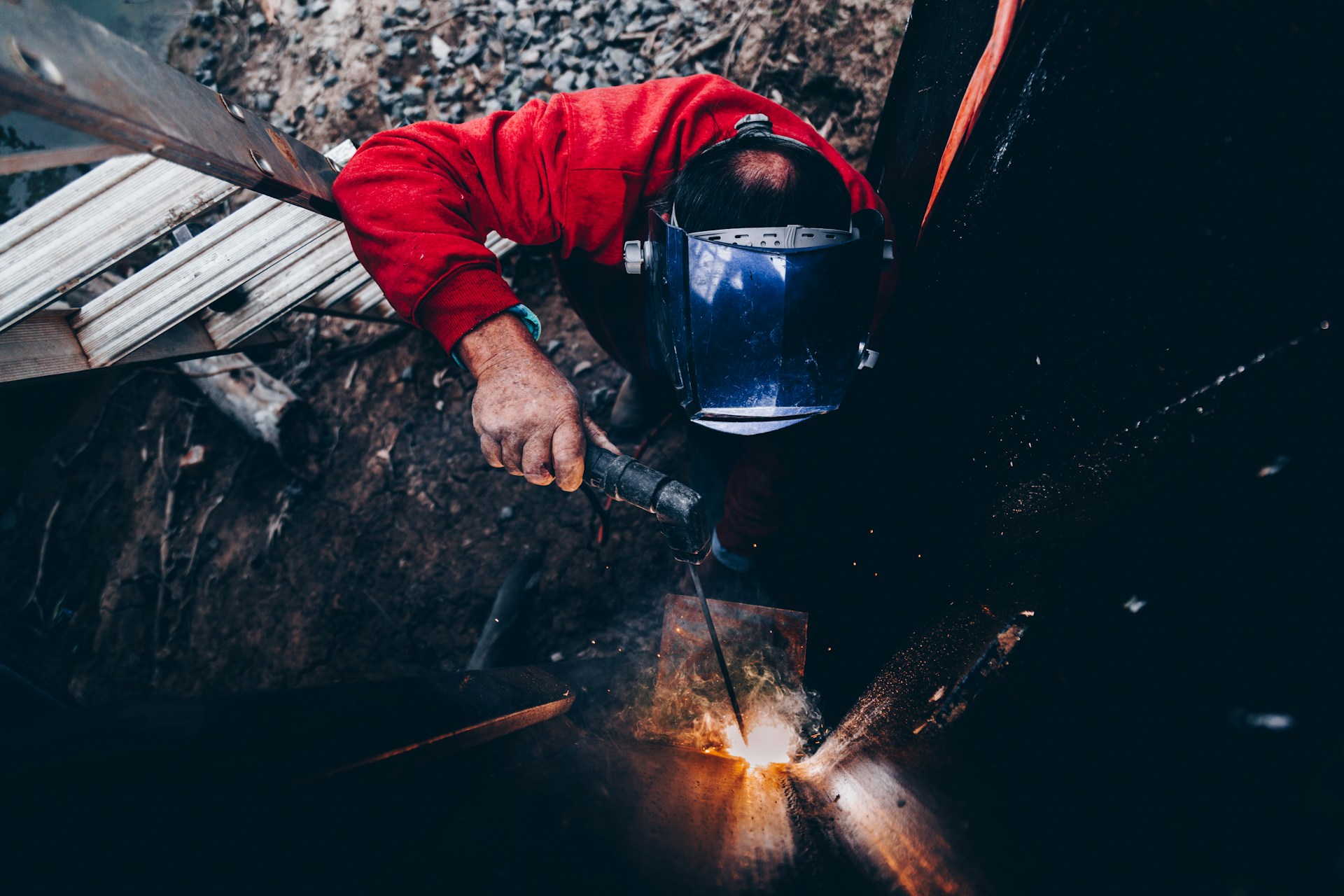
Transforming the Future of Manufacturing: Innovative Metalworking Trends
- Herminia Baker
- March 11, 2025
- Default
- 0 Comments
Metal manufacturing has witnessed groundbreaking advancements that are reshaping industries around the world. From sustainable practices to the integration of artificial intelligence (AI), these innovations are modernizing workflows, boosting efficiency, and enabling the production of highly complex parts.
This article explores some of the most important innovations that are transforming metal manufacturing today. As you visit https://mro-pt.com/,we’ll examine how these technologies are impacting global industries and why businesses should stay informed about these advancements.
Revolution in Additive Manufacturing
What is Additive Manufacturing?
Additive manufacturing (AM), often referred to as 3D printing, is drastically altering how metal components are created. Unlike traditional subtractive methods that remove material to achieve the desired shape, AM layers materials to build an object from scratch.
Why Businesses are Adopting AM
- Customizability: AM allows manufacturers to design intricate components that would be too complex or expensive to achieve with traditional methods.
- Sustainability: By minimizing waste during production, AM contributes to more environmentally friendly manufacturing processes.
Industries such as aerospace and healthcare are already benefiting from AM’s ability to deliver lightweight durability and highly specific designs.
Robotics Integration Elevates Precision
Automation in Modern Metal Shops
Robotics plays a major role in automating repetitive or dangerous tasks, reducing worker risk, and maintaining consistent output quality. Modern robots are now capable of handling delicate processes like precision welding and cutting with unparalleled accuracy.
Benefits of Robotics Technology
- Efficiency Gains: Robots significantly reduce production time without compromising on quality.
- Enhanced Safety: Automated systems handle hazardous materials, minimizing injuries in the workplace.
From automotive factories to electronics, robotics are paving the way for cost-effective, precise, and safer manufacturing standards.
Sustainable Metal Manufacturing
Pioneering Green Practices
Sustainability is becoming an industry focus, and metal manufacturing is no exception. Innovative technology is promoting energy-efficient methods and the use of recyclable raw materials.
Benefits of Sustainable Practices
- Cost Reduction: Recyclable materials and energy-efficiency measures lower production costs for manufacturers.
- Customer Appeal: Environmentally conscious consumers and stakeholders are drawn to eco-friendly practices.
By cutting emissions and waste, industries are meeting global sustainability goals while maintaining profitability.
AI’s Role in Enhancing Productivity
Smarter Metal Manufacturing Operations
Artificial intelligence (AI) is reshaping efficiency across metalworking facilities. Algorithms and machine learning enable predictive maintenance, optimize production schedules, and improve quality assurance.
Real-World Applications of AI
- Predictive Maintenance: AI can foresee potential equipment failures, reducing downtime and saving costs.
- Quality Control: Advanced AI systems use image recognition to detect even the smallest defects in components.
AI is no longer just a buzzword; it’s redefining industry practices by streamlining daily operations.
Utilization of Advanced Alloys
Expanding the Limits of Material Science
Continuous research in alloy development is allowing manufacturers to create metals that are lighter, stronger, and more durable. Advanced alloys like titanium aluminides and superalloys are revolutionizing industries that demand high performance under challenging conditions.
Applications in Modern Industries
- Aerospace: Lightweight alloys are essential for creating fuel-efficient aircraft.
- Medical: Biocompatible materials suitable for implants and prosthetics.
These advancements have extended the lifespan and functionality of equipment across various sectors.
Digital Twin Technology for Smarter Processes
What is Digital Twin Technology?
A digital twin is a virtual model of a physical object or system. This technology lets manufacturers simulate, analyze, and optimize their production lines in real time.
How Digital Twins Improve Metalworking
- Proactive Problem Solving: Identify production inefficiencies before they escalate.
- Real-Time Monitoring: Enhance oversight over machinery and workflows.
Digital twin technology aligns with the growing demand for Industry 4.0 adoption, ensuring businesses stay competitive.
Rethink Manufacturing Strategies
Metal manufacturing is in the midst of a technological renaissance, driven by innovation in robotics, AI, and sustainable methods. These changes are not just enhancing productivity but transforming entire industries.
Adopting these technologies not only ensures survival in a competitive market but also positions businesses to lead. For professionals seeking to stay ahead in the evolving manufacturing landscape, investing in innovation is key. Become future-ready by integrating modern solutions into your workflows.




